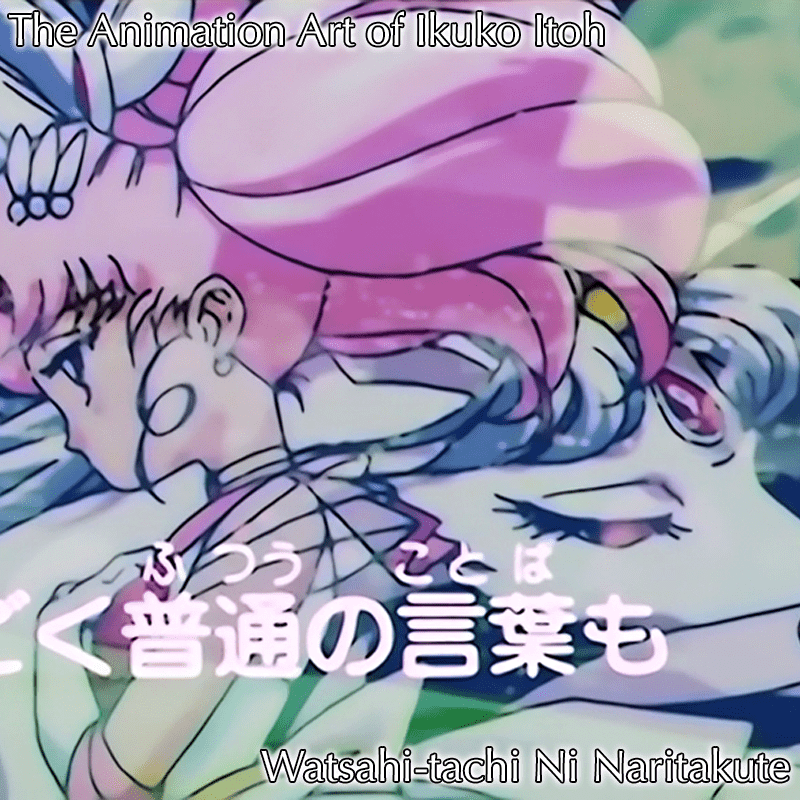
The Animation Art of Ikuko Itoh – Watashi-Tachi Ni Naritakute
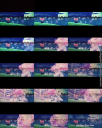 | 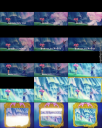 |
Observations:
- This is the first of two ending sequences for SuperS. Watashi-tachi ni Naritakute was used from episode 128 to episode 140, as well as for the ending sequence of the SuperS special, before it was switched to Rashiku Ikimasho. SuperS and the first season are the only two seasons to have two distinct ending sequences, as R only used Otome No Policy, S only used Tuxedo Mirage [excepting the first two episodes, which still used Otome No Policy until Uranus and Neptune were introduced) and Stars only used Kaze mo Sora mo Kitto [though the first 6 episodes had the song at a faster tempo].
- I’m not sure why Watashi-tachi was only used for the first 1/3rd of the season, rather than switching halfway (episode 147) or at a more natural storyline switch (episode 150). Perhaps someone on the Toei staff agreed with me that the ending sequence is really boring. It’s quite possible to make a slower ending song still visually interesting to watch, as we saw just last season with Tuxedo Mirage. It contrasts heavily with Rashiku Ikimasho in that there’s very little energy and movement in this sequence. The song’s melody was still used as a leitmotif for Pegasus & Chibiusa’s relationship as the season went on.
- Similarly to Princess Moon, the majority of the animation is a loop of Chibiusa’s hair & the grass of the hill blowing in the evening breeze. The looping animation makes it easier to concentrate on the credits, but if you’re not interested in reading them (or can’t read them, in my case) it doesn’t give you much to pay attention to.
- What is different about this sequence is that the screen is split horizontally, rather than vertically. None of the other ending sequences use that format (at least not for the entire sequence). The other animated sequences also had a textured background for the credits half – it’s just a black space here.
- The beginning of the sequence fades in from black, which matches how the later animations blend in – it’s all fading, layering, translucent, very slow movement, and mostly slow transitions.
- At the start, the only thing besides Chibiusa’s hair that is moving is the clouds slowly covering the moon. What next fades in is a closeup of a very sad Chibiusa from a different moment – I initially thought it might be an alternate viewing angle, but she doesn’t have anything to lean her elbows on while sitting on this hill. Chibiusa gradually slides across the screen, and only a few seconds of her sighing and closing her eyes are actually animated.
- Another moment of Pegasus and Chibi-Moon fades in. The two characters are animated on separate layers, since they’re very slowly “drifting” in opposite directions from each other. (I don’t think there’s any metaphorical meaning intended, though) Pegasus’ expression is inscrutable, but Chibi-Moon looks very quiet and pensive, which is unlike her.
- Another translucent layer briefly overlaps Pegasus/Chibi-Moon, with a very quick animation of Chibi-Moon looking up at something. What she’s looking at is not explained, but her expression is utterly heartbroken. The entire first half of the ending is showing Chibiusa at different moments of sadness, which is another massive contrast with Rashiku Ikimasho.
- The song and Chibiusa’s mood picks up as the evening scene of Tokyo fades into a looped animation of aurora borealis. As we see in other episodes (such as 159), this is what the sky in Elysian looks like. Has Chibiusa been dreaming all along, or is she only dreaming now?
- The moment of Chibiusa leaning on something (the desk where she keeps the Stallion Rêve, maybe) is called back as she now sits up with joy and alertness at spotting Pegasus, who slides in from the right side of the screen while standing on a crystal spire. Pegasus never moves at all, so I guess someone on the animation staff was tasked with simply inching the cel to the left and photographing it.
- The looping animation of Chibiusa’s hair finally changes to show her standing up to greet Pegasus. Assuming that whatever Chibi-Moon was looking at was also Pegasus, this sequence seemingly shows Chibiusa moving and reacting only to him, and that she’s utterly woebegone otherwise. Perhaps one reason why I dislike this sequence compared to Rashiku Ikimasho is because she isn’t an independent being here.
- After Chibiusa stands up, the screen brightens as if to indicate that night has ended and dawn has broken (which is probably likely since aurora borealis is such a major visual motif in this storyline). The texture of the animation also changes to look more like a pastel or pencil crayon drawing.
- The aurora borealis then pauses as the camera pans back to show a golden frame. The image of Chibiusa and Pegasus then has a golden sheen of light washing over it, showing that we are actually looking inside of Chibiusa’s Dream Mirror. So the entire ending sequence indeed takes place inside Chibiusa’s dreams, which explains the layered translucent images & glimpses into different moments/scenes than the one that is actually happening.
- Oddly enough, this visual of the Golden Mirror is by far the most detailed drawing we see of it (the mirror certainly doesn’t have leaves on its frame during the series itself). A viewer could easily confuse that final visual for a photograph of the pair.
- The lyrics of Watashi-tachi ni Naritakute are just as dour as the rest of the animated sequence, which makes sense, even if it doesn’t quite suit Sailor Moon as a whole.
- Much of the series talks about the joys & excitement of falling in love, but the lyrics of this song talk about how painful and lonely the narrator (obviously Chibiusa) feels. Moonlight Densetsu touches on the frustration of wanting to be with the person they love (& being thwarted), but these lyrics make that concept as negative as possible.
- Unusually, the TV version of Watashi-tachi ni Naritakute uses the lyrics from the second verse of the song rather than the first verse.
- “Lonely lonely heart” is a repeated line in the song, which sums up a lot of Chibiusa’s problems in this series. She can’t be with Pegasus/Helios whenever she likes, and he’s forbidden her to tell her friends what’s going on. So she can’t even reach out to someone in her sadness if he’s not around – again, explaining why she only seems to cheer up when she sees him in this sequence.
- One odd lyric implies that Chibiusa’s “advances” are unrequited. Pegasus is the one who pursues her romantically (she’s still very childlike about their relationship up until the end), so that lyric doesn’t make any sense at all.
- I have never quite gotten what “Baby baby love” was supposed to mean. I guess maybe they meant something along the lines of “puppy love?”
You May Also Like
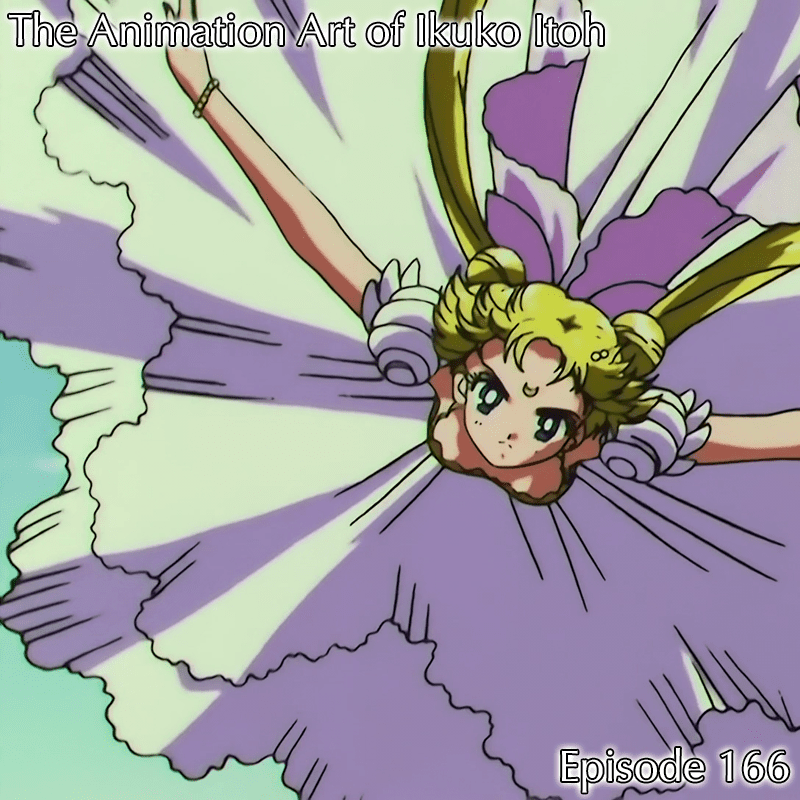
The Animation Art of Ikuko Itoh – Episode 166
January 16, 2021
Scans: Classic Concert 2018
April 29, 2022
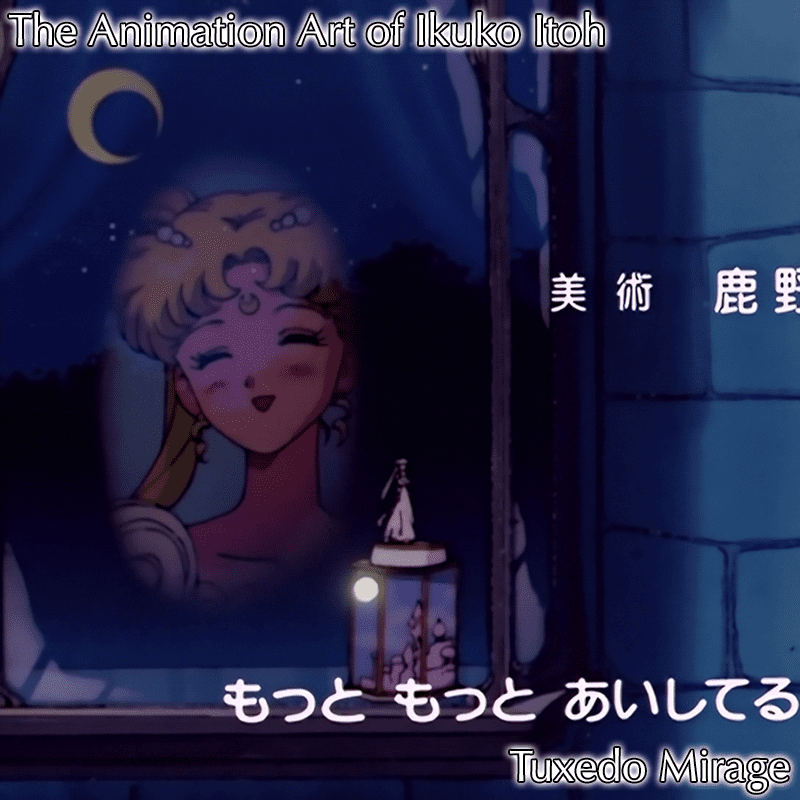
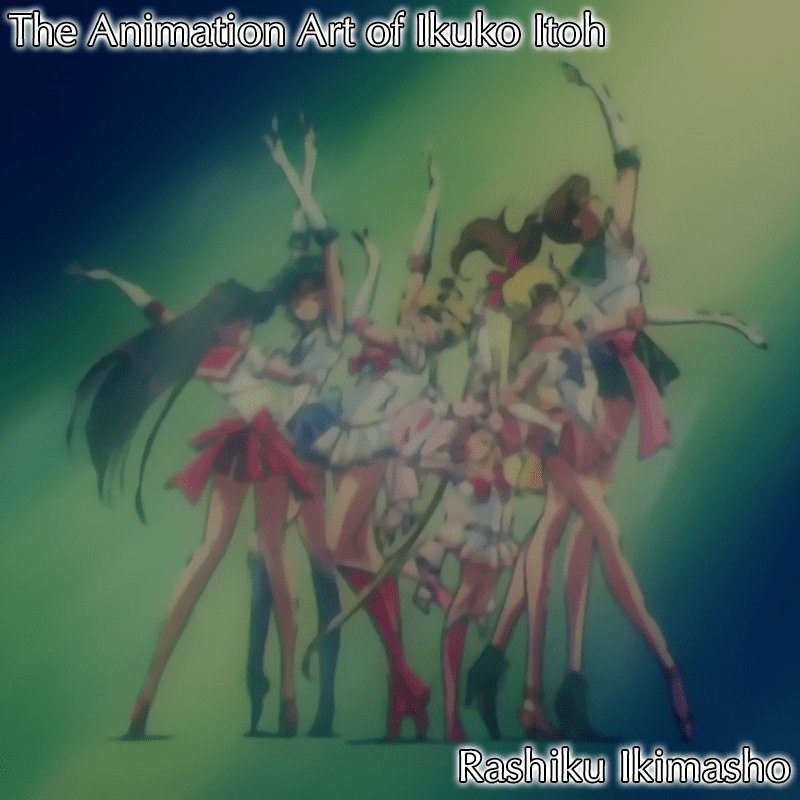
One Comment
Pingback: